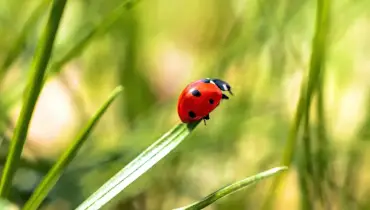Brown patches and discolored grass can make even the most well-maintained property look tired and neglected. Lawn paint offers
Learn moreOur Blog
Shared Resources for Your Landscaping and Lawn Care Needs
All Blogs
Nov 24 2025
Nov 12 2025
Fairy rings are circular patches or mushroom rings caused by soil-dwelling fungi that disrupt lawn health and appearance. The Grounds Guys experts explain
Learn more
Nov 11 2025
You’re proud of your home. When you have company, the first thing your visitors see is your house and your lawn. “Curb appeal” means
Learn more
Nov 11 2025
When hurricane season arrives, your landscape can become your home's best defense or its greatest vulnerability. Strategic
Learn more
Nov 11 2025
Integrated pest management (IPM) is an environmentally sensitive approach to pest treatment that combines
Learn more
Oct 22 2025
Each November, we have a chance to do something truly special. The Grounds Guys’ 21st Annual WeCARE Week™ kicks off on
Learn moreBlog Categories
Let Us Call You
Blog Categories
About The Grounds Guys
With over 200 locations in North America, The Grounds Guys are quickly becoming the go-to company for exceptional lawn care and landscaping services. What began with just 10 brothers and a single vision in 1987 has now grown into an industry-leading brand.




